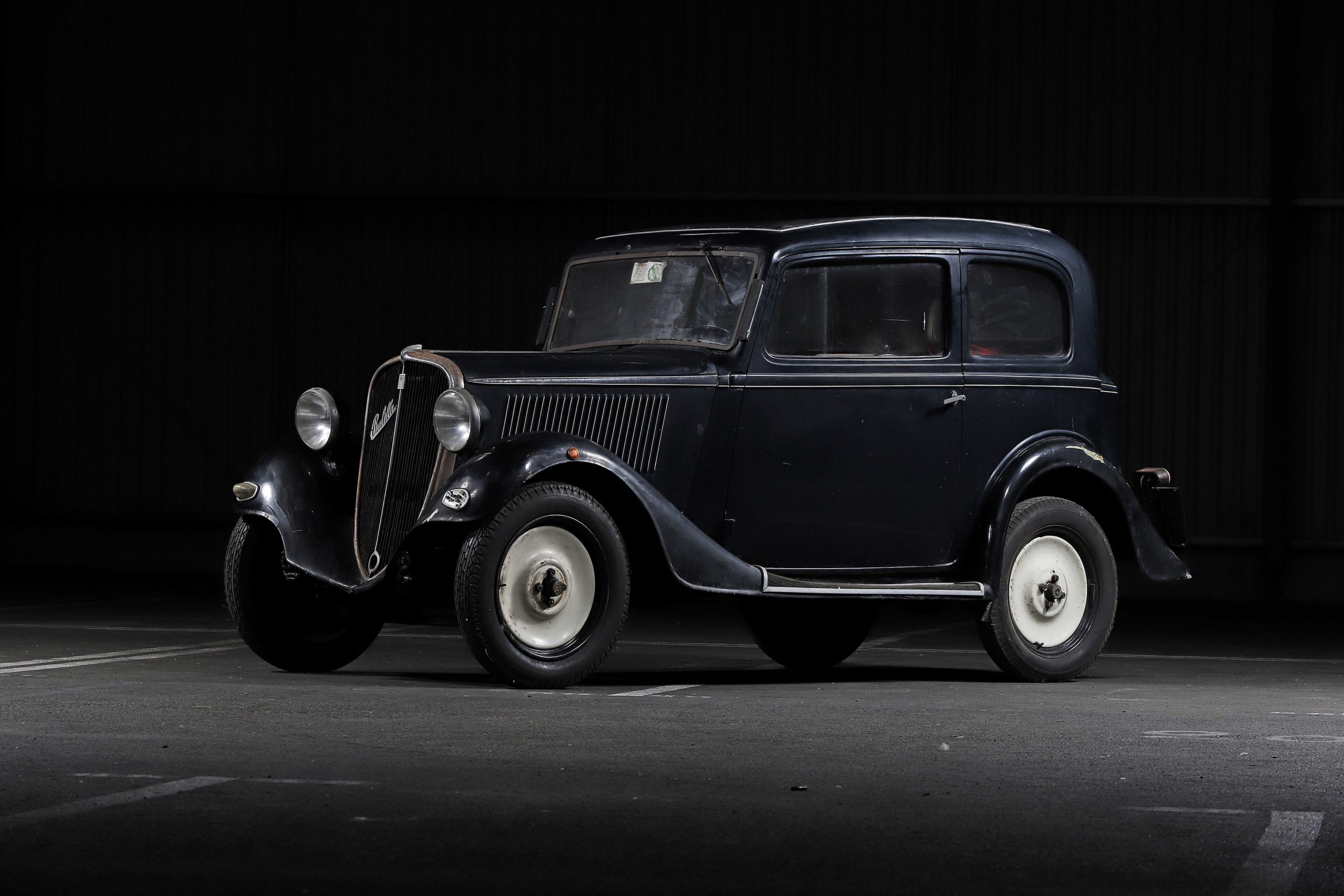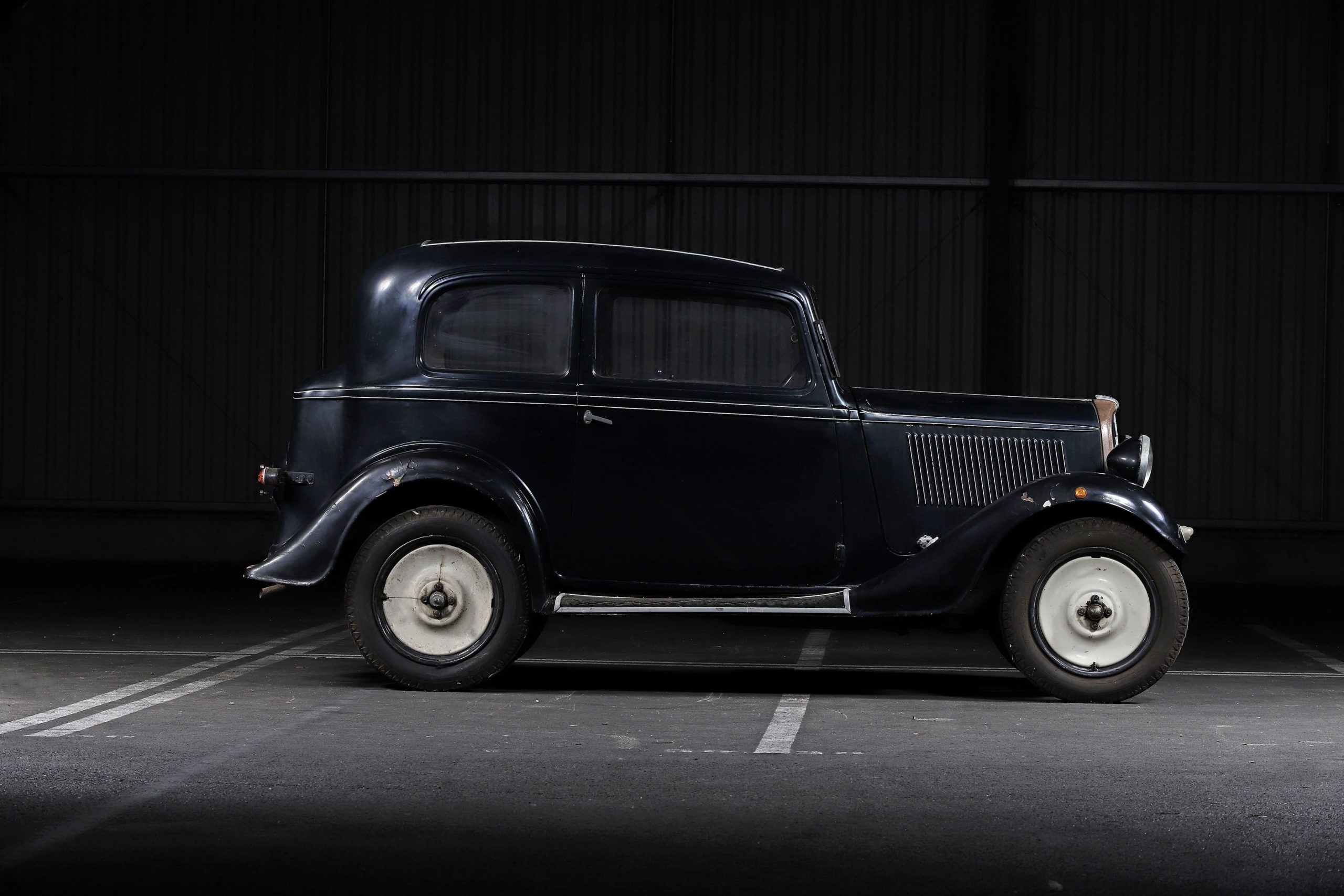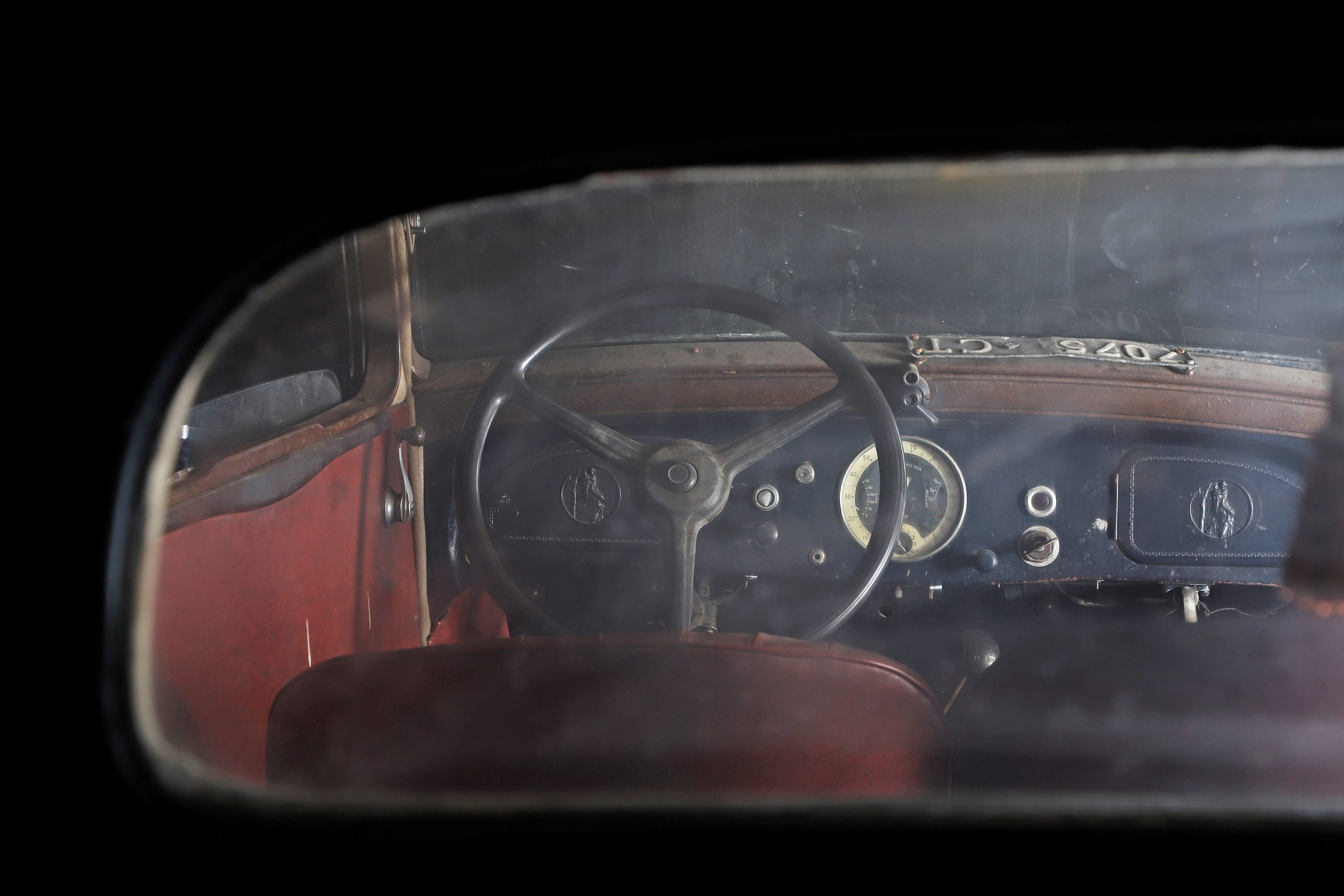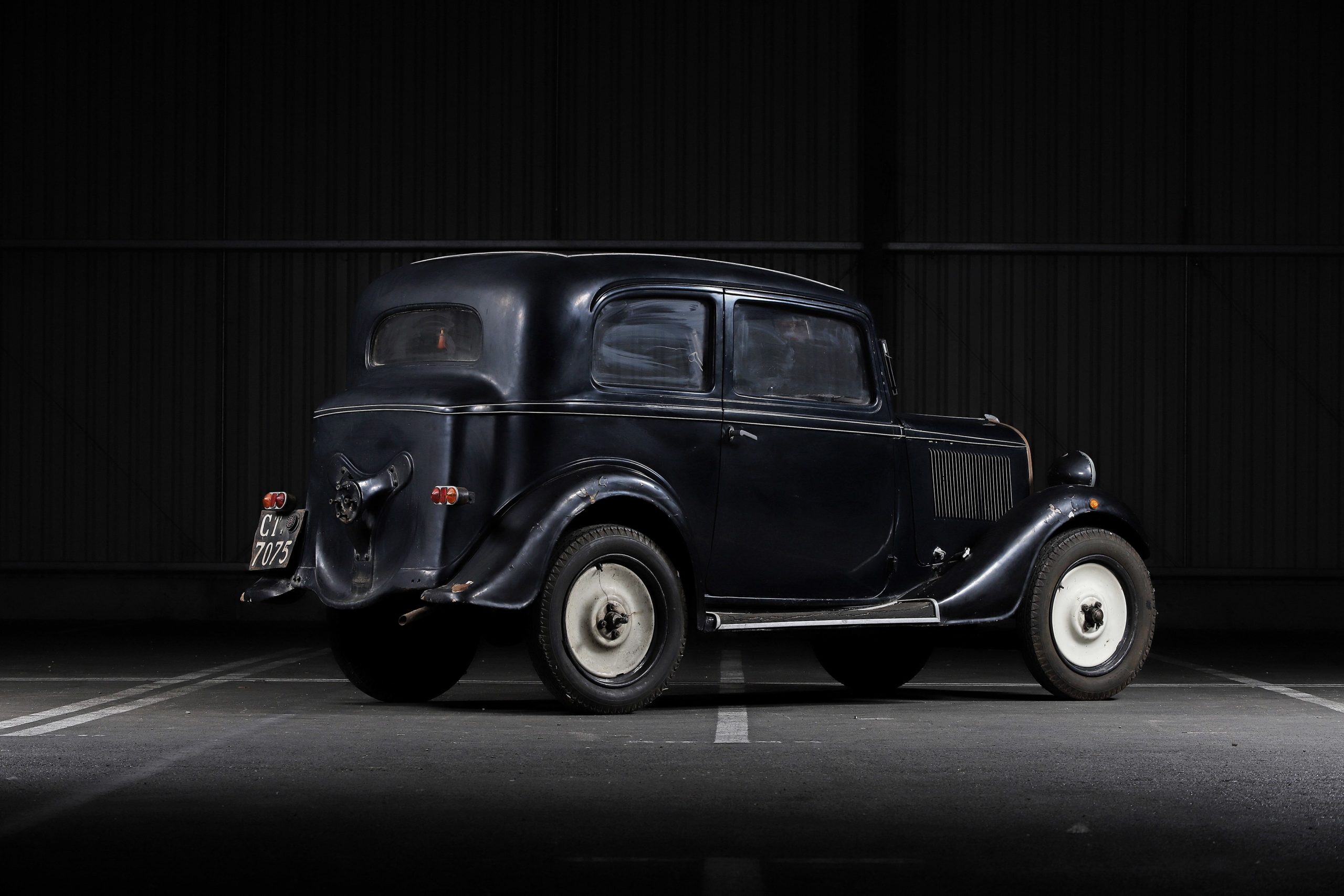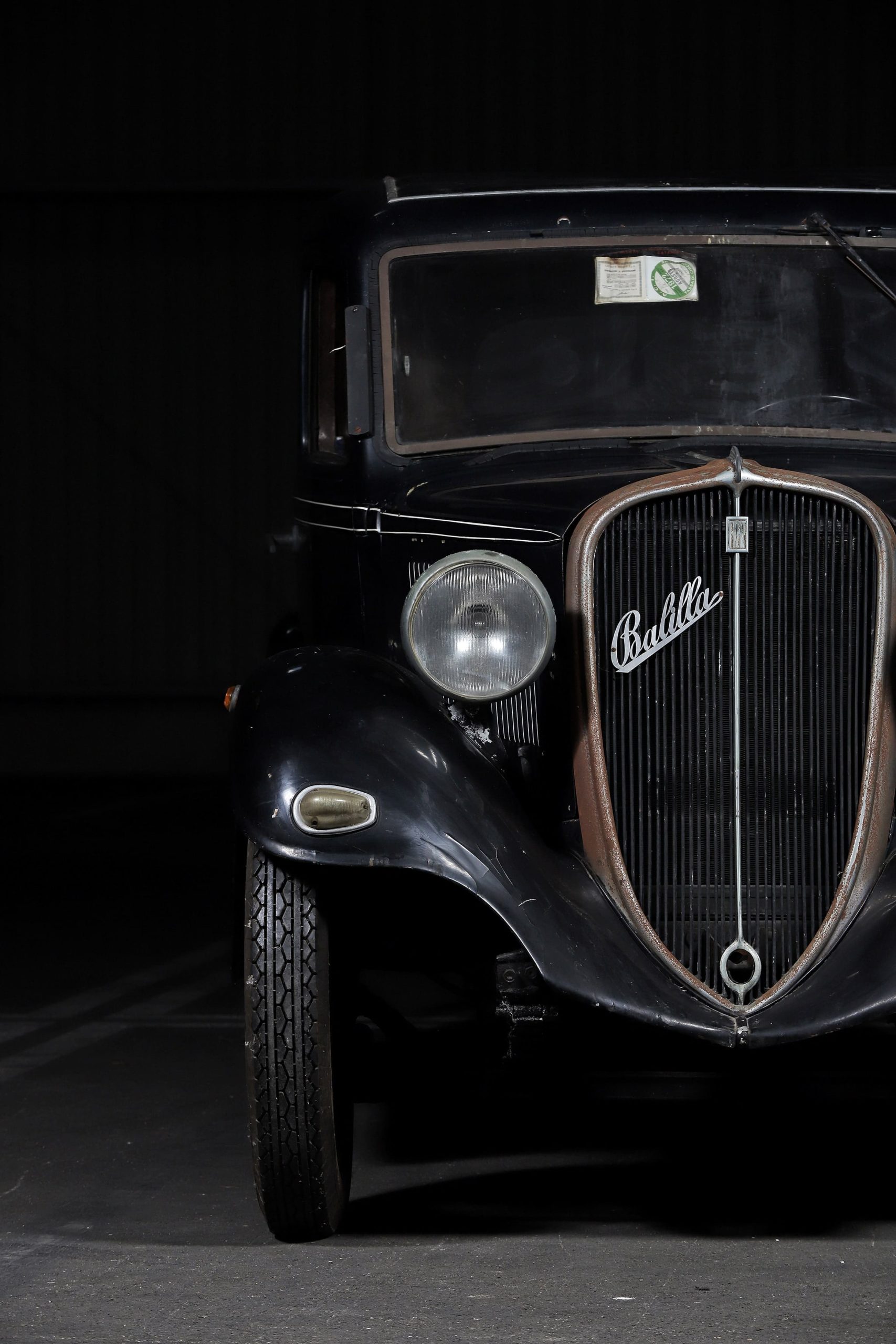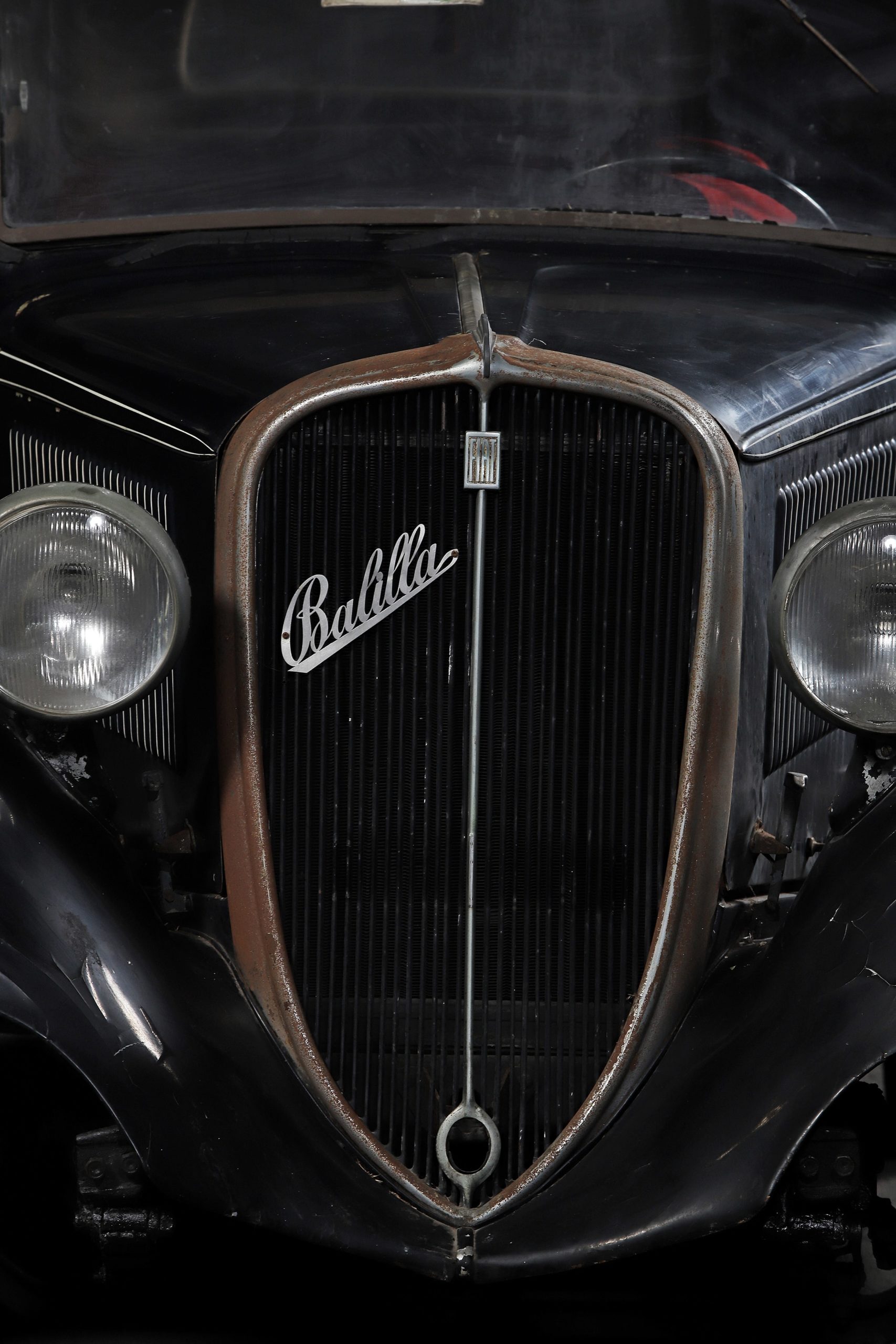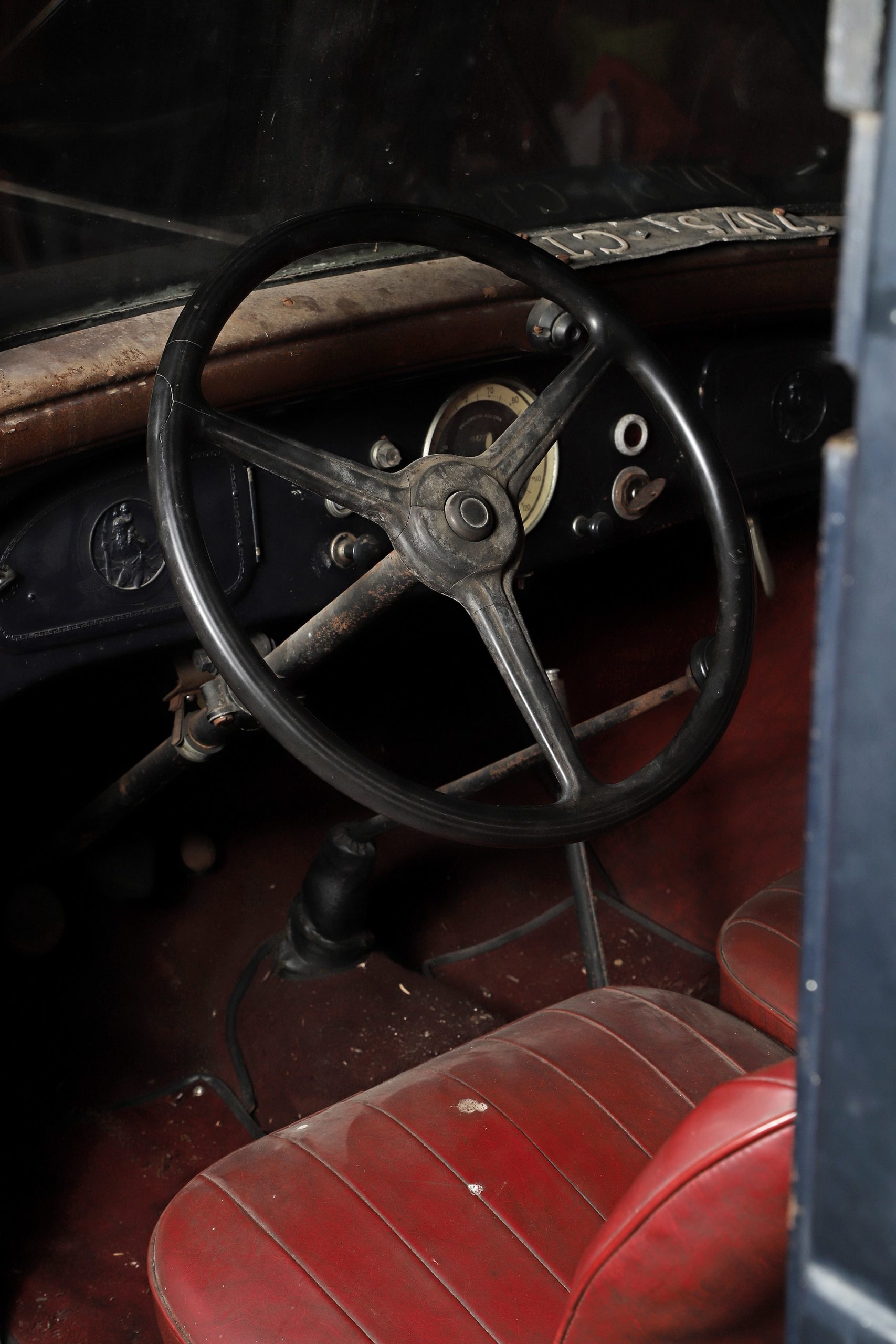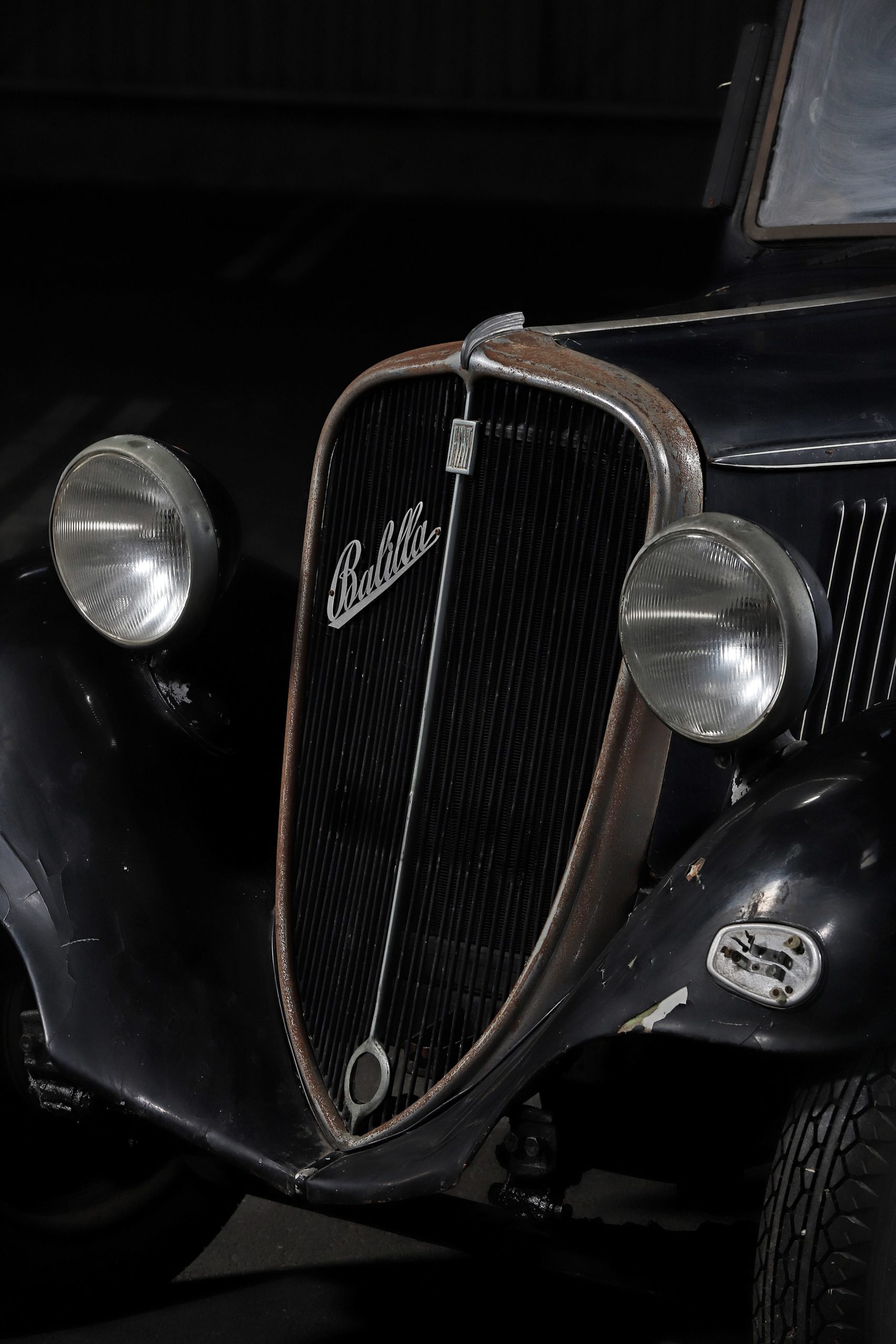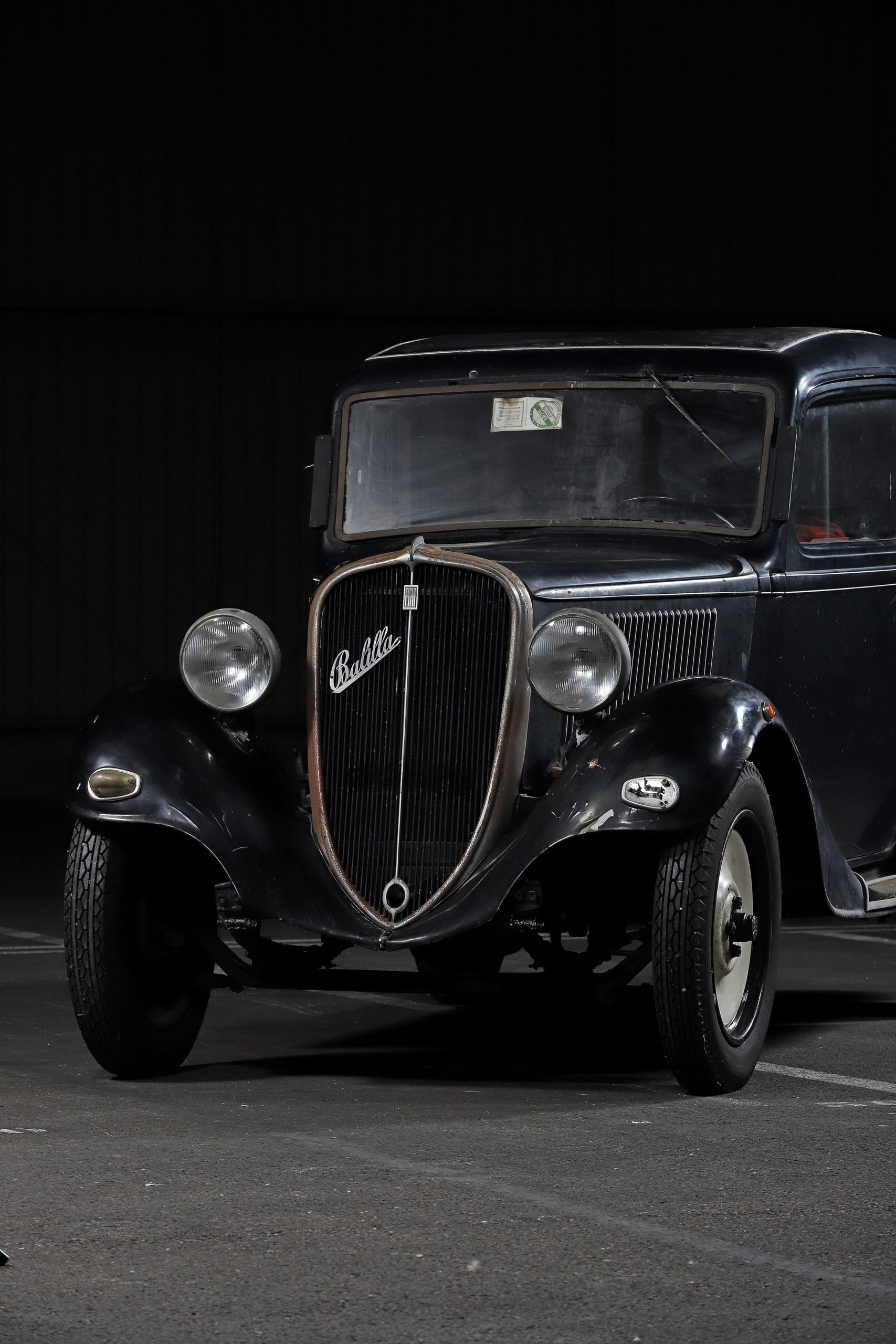Fiat 508 Balilla - 1933
— The iconic Thirties Italian popular car —- Model The popular Fiat that embodies the Italy of those years
- Style A compact car, coupe type with closed bodywork
- Eligibilité A car eligible for the Mille Miglia
- History A car sold new in Italy in 1932, which spent its whole life there before joining our collection
- Condition An interesting restoration project
The Fiat Balilla, born at the beginning of the 1930s, had an ambitious mission: to democratise the usage of cars. It was a hit for the Turin-based manufacturer, as the car was both a huge commercial and popular success, as well as a sporting one, thanks to the superb special versions that performed very well in the Mille Miglia. The car in the ANNA LISA Art On Wheels collection is therefore a very interesting testimony of this era.
A popular Fiat with huge ambitions
Fiat had no lack of ambition when it launched its new model, the 508 at the Milan Motor Show on 17 April 1932: “Generous, fast, disciplined, tireless, daring, the Fiat 508 is the car for everybody. With its low pricing and low maintenance costs, it represents considerable progress. Small but comfortable, it is perfectly done and as modern as a big car. This is, at last, the car for the people, Fiat’s gift to the Italians!”
Aesthetically very similar to the previous model, the 514, the Balilla differs from it with its much more compact body and its 30 cm shorter wheelbase, a definite advantage for city driving.
The 995 cc in-line four-cylinder engine with side valves is made of cast iron and develops 20 hp at 3,400 rpm. The top speed is announced for 80 km/h, which was quite honourable for the time.
The technological specifications are those of a car of its time, with notably, a three-speed non-synchronised gearbox, suspensions based on rigid axles and longitudinal leaf springs. However, the shock absorbers are hydraulic instead of friction and the brakes are also hydraulically controlled with a system developed by Lockheed.
Like other products, the Fiat 508 was soon nicknamed “Balilla”, a nickname that still survives today. It is a direct reference to Giovanni Battista Perasso who, in 1746 in Genoa, threw a rock at an Austrian officer in rebellion against the Austrian invasion of the region.
©Aguttes
A multi-functional and successful Fiat
Like the Ford T and other popular French cars, the 508’s mission was to democratise the automobile. For this purpose, as was customary at the time, numerous variants were launched.
A second series of cars with four doors and a four-speed gearbox was launched in 1934. Military versions were also launched.
The 508 was also available in a number of leisure and sports versions, some of which left their mark through their style and performance. This was the case for the two-seater versions of the 508, most notably, the ones with the Torpedo, Coupé and Spider styles. Some cars were even tailored to race in the Mille Miglia type. The ones dressed with a teardrop body are now highly prized in collections.
In addition to its racing successes, history will also remember the immense commercial hit of the 508, proof that Fiat’s popular ambitions were met. Between 1932 and 1937, no less than 170,176 cars were built, a real commercial and industrial achievement for the time.
The Fiat 508 from the ANNA LISA collection
The Fiat 508 Balilla from the ANNA LISA Art On Wheels collection is one of the first Balillas sold by Fiat. It is very much of its time with its two-door coupé style with closed body, its black colour and its austere, uncluttered interior.
Sold new in Italy in 1932, where it spent its entire life before joining our collection, it is emblematic of this successful popular car.
Complete with all its lights and accessories, it presents an interesting basis for restoration.
